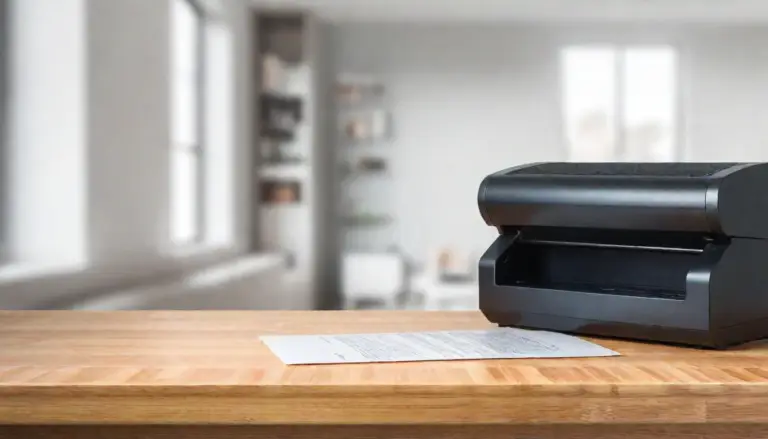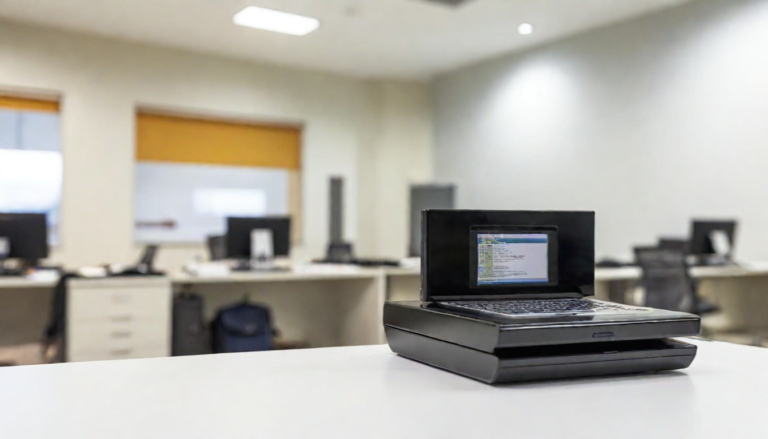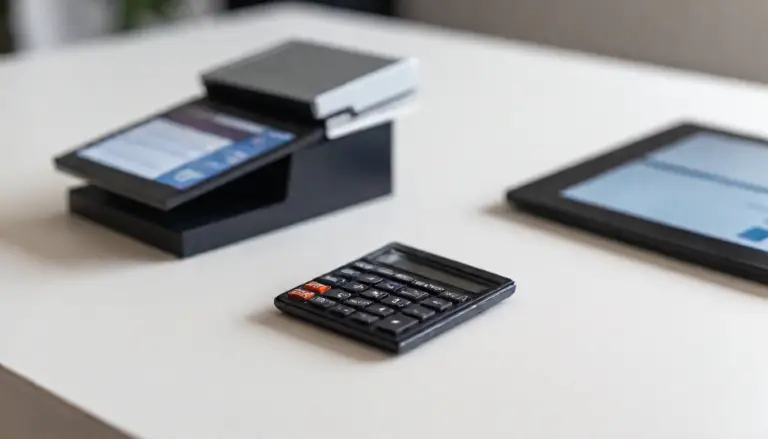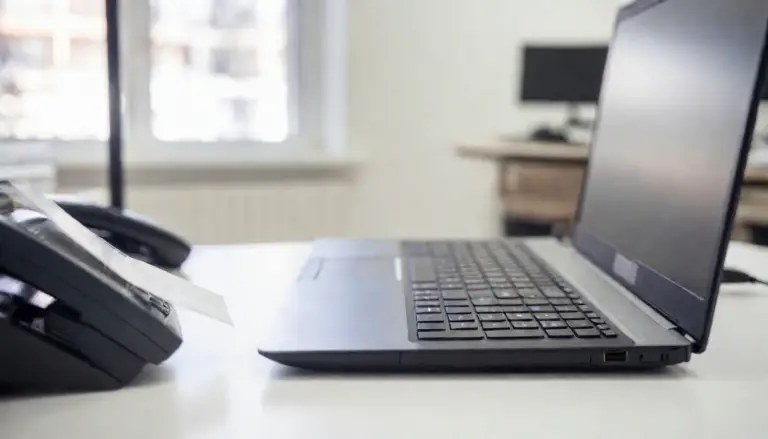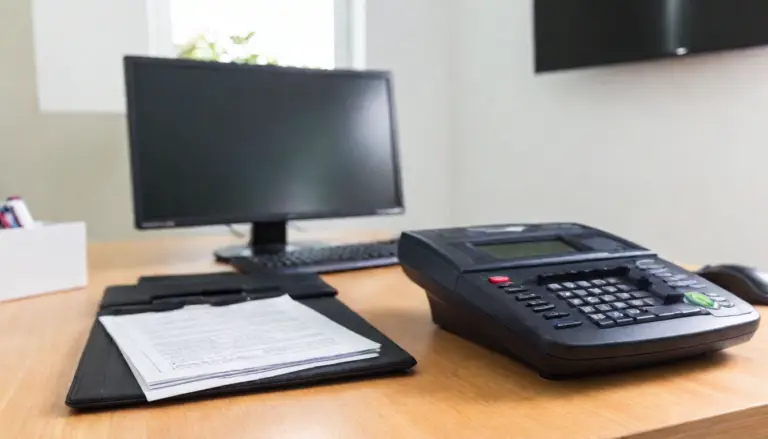Check scanners enable the full benefits of remote deposit capture, including savings due to reduced transportation costs, lessened reliance on courier services and time spent recording transactions.
With all the features available and widely varying price points, it can be hard to know what scanner will meet your needs and provide the best value.
By taking a careful look and asking the right questions, you’ll be able to determine which features you need for remote deposit capture or teller image capture and select the check scanner that’s right for you.
1. Which scanners are certified by your software?
First and foremost, if your software isn’t compatible, no amount of bells or whistles will make up for the fact that a piece of hardware just won’t work. Start with the list of scanners your software is designed to work with.
2. How many checks will you scan daily?
Compare your volume—allowing room for growth—with what’s available to your software. Check scanners vary from single-feed to high-volume allowing for hundreds of checks to be loaded at one time. You want a scanner that will exceed your daily capacity to deter any potential waiting or delay in service to your customers.
If you process a very high volume of checks, you will also want to consider the variation in processing speeds, durability and MICR accuracy read rates amongst available check scanners. Always do this with an eye on future growth so as not to hinder yourself should your check scanning needs increase.
3. Do you need to endorse or frank checks?
This will depend on your software, but many check scanners offer an ink cartridge or franker roller option.
Franking is an important audit trail function that helps you reduce risk, outlined in “Risk Management of Remote Deposit Capture” by the Federal Financial Institutions Examination Council (FFIEC). The data printed on the check provides vital audit trail information including where and when the transaction occurred, store information, terminal ID of the device, and more.
Check scanners with franking options can be very smart and highly customizable, including settings for no franking, only items with MICR present, frank all items, or application controlled franking.
4. What’s your downtime contingency plan?
Check scanner downtime can be a serious threat to your business. While you’re waiting for a repair or replacement, your customers are waiting for funds. Checks stacking up can lead to loss of revenue, costly couriers, and loss of your good reputation.
In lieu of purchasing expensive backup scanners, you may wish to have a service agreement with an authorized and experienced service provider to ensure you receive timely onsite service and maintenance.
Did you know that you can get a replacement scanner the very next day when your scanner breaks?
5. Have you done your due diligence?
Once you’ve considered the questions above, it’s time to compare check scanner types and models to find the best option for your business needs. We’ve saved you the time of compiling a list with The Complete Check Scanner Comparison Guide:

Partner with an experienced check scanner vendor
A reliable technology provider will be able to advise you on all the latest document and check scanning technology available for remote deposit capture or teller image capture, as well as how it can be effectively combined with your existing hardware and software.
To maximize the relationship, choose a partner who can provide ongoing support to make sure your audit trail data is being effectively created and maintained.




